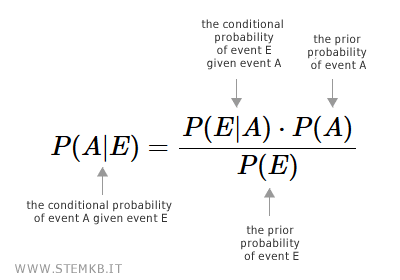Naive Bayes
Naive Bayes is a foundational algorithm in the world of machine learning, rooted in the principles of Bayes' Theorem. It's a key member of a broader group of statistical classifiers that have widespread applications in this field.
The adjective "naive" might suggest simplicity, as the algorithm makes a fundamental assumption: it treats each feature of a model as independent from the others. This simplicity, however, is often its strength.
Its elegance lies in its simplicity and speed. Developed in the 1960s, Naive Bayes has stood the test of time, remaining effective in various scenarios even today.
Effective use of this classifier hinges on understanding or accurately estimating the prior and conditional probabilities relevant to the task at hand.
Example: Consider classifying a fruit as an "apple." If it's red, roughly 10 cm in diameter, and round, these distinct features collectively inform the classification. A Naive Bayes classifier would evaluate each characteristic independently, contributing to an overall probability assessment, without mulling over potential inter-feature correlations.
How It Operates
At its core, the Naive Bayes algorithm is a study in probabilities. It assesses the likelihood of different labels for an object based on its features, ultimately selecting the label with the highest probability.
Note: It's important to recognize that Naive Bayes isn't a singular algorithm but rather a family of algorithms, each with its nuances and applications.
Central to its function is the application of Bayes' Theorem for probability calculation.

- P(A) represents the prior probability of A — the likelihood of event A occurring independently of event E. It's also referred to as A's marginal probability.
- P(E) indicates the prior probability of E — the likelihood of event E occurring independently of event A. This is also known as E's marginal probability.
- P(A|E) is the conditional probability of event A given the occurrence of event E. This is known as the posterior probability of A, contingent on E.
- P(E|A) is the conditional probability of event E given the occurrence of event A. Similarly, this is the posterior probability of E, contingent on A.

